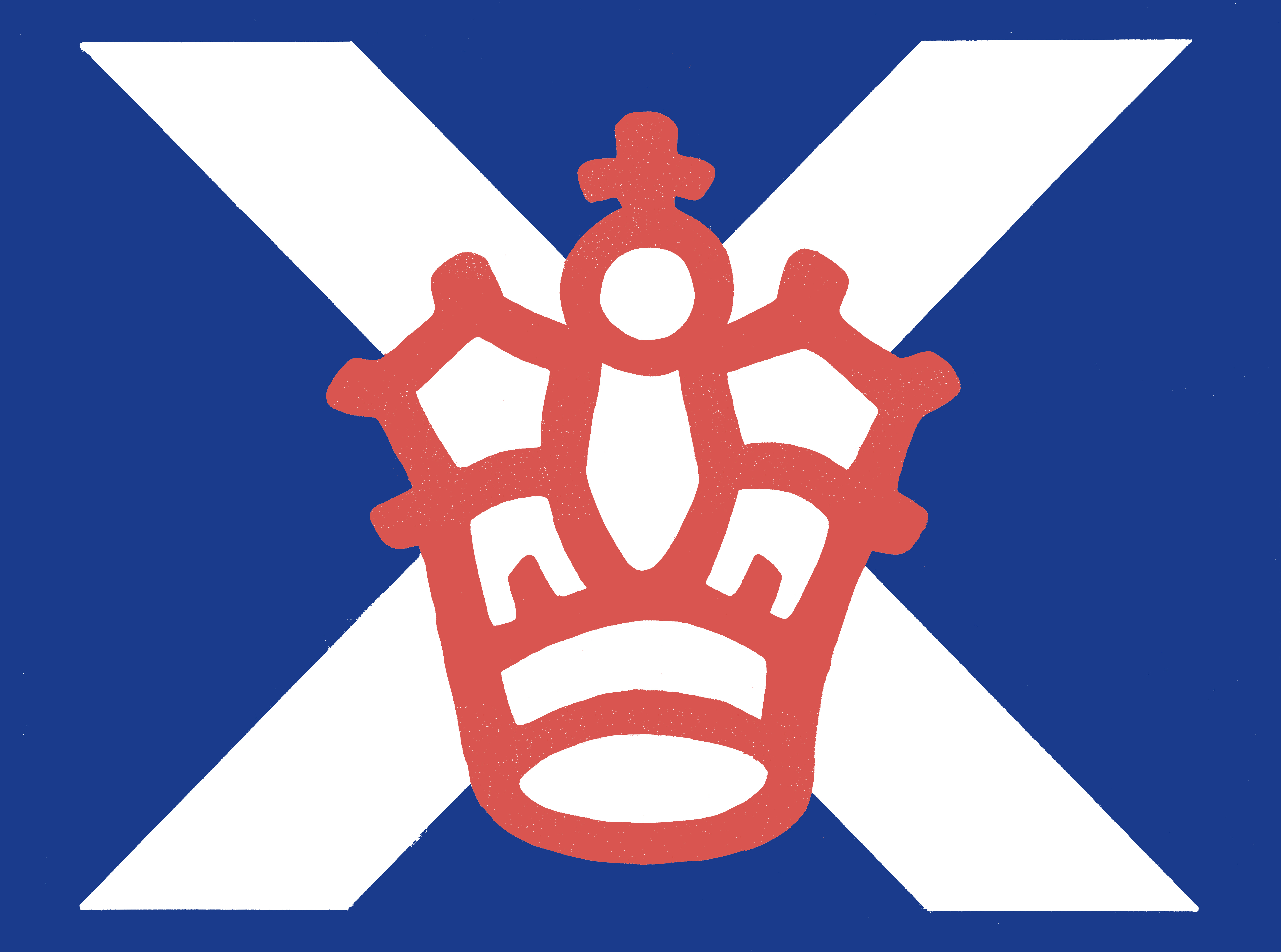- Presenter
84th Annual Congress Tom Rielly Display
Display by Robin Sherman
This year, Robin Sherman has been invited to give the Tom Rielly Display. He considers this to be a great honour for it was a privilige to have known Tom as a personal friend and, like all others in a similar position, he very much misses not seeing him around any longer.
Robin is a past President of the Scottish Philatelic Society, The Edinburgh Philatelic Society and the Lothian Postcard Club. He is also a member of the Pacific Islands Study Circle, the Falkland Islands Philatelic Study Group, the Polar Postal History Society and the King George VI Collectors' Society. He is a member of the Royal Philatelic Society London and an associate of the Society of Postal Historians.
A collector of used stamps and postal history of the KG VI period, Robin now specializes in just three former colonies and he has been invited to show a mix of material from this trio of territories. However, rather than display the same type of material for each, he felt that it would be of more interest to the viewer to highlight a completely different aspect of philately for each of the countries: namely, British Solomon islands, Falkland Islands & Dependencies and Gilbert & Ellice Islands.
A such, the exhibit consists of the following:
British Solomon Islands World War II (Four frames)
Despite a widespread population, just ten places boasted a Post Office during the entire reign of KG VI. Furthermore, only a few of these offices were open at any one time. When war broke out in 1939, merely four post offices were operating: Tulagi, the capital, Shortland Island, Gizo and Vanikoro. The war years were an extremely interestin g philatelic period and with the outbreak of the conflict, four censors were appointed, one for each of the named post offices. Howevere, due to arrival of the Japanese forces, anticipated or otherwise, post offices relocated (as did censors), key personnel & missionaries sought refuge in remoter parts (some hiding in caves etc. as coastwatchers) and the mail process was thrown into disarray, in consequence. Indeed, for long periods in 1942 and early 1943, no post offices were open at all. The display reveals all aspects of this disintegration in service.
Falklands Islands & Dependencies Used Postal Stationery (Three frames)
Unusual for a smaller colony, the Falklands post office stocked a fairly wide range of postal stationery, with some items being in more demand than others. Plain buff-coloured postcards & blue Letter Cards saw very little use. Conversely, blue airmail letter forms were popular because of the reduced airmail postage rate and, for a period, these were overprinted locally with the name of the islands across the top. So well-liked were these that no fewer than eight printings were required. Despite reasonably large printings, examples are extremely difficult to find nowadays and the latest Heijtz catalogue values them "from £700." Perhaps their scarcity is because they tended to be destroyed by the recipient due to the integral personal messages contained within. On the other hand, Formula Registration Envelopes are m ore likely to be seen but this masks the fact that many types currently exist in quantities of ten or less known, used. In fact, today, the most common of these envelopes numbers just over 100 recorded examples. Envelopes bearing an imprinted 1d. stamp were the most popular stationery item with 26,160 having been printed in 1938. These were sold right through the KG VI reign though used examples are a challenge to find today, especially with additional definitives affixed, to make up a correct overseas postal rate.
Gilbert & Ellice Islands Manuscript Cancellations (Three frames)
Mail despatch from almost all of the islands was extremely erratic and depended as much on the occasional passing sailing vessel as on any irregularly-scheduled mailboat. Many islands were so remote that there were only two or three mail pick-ups in an entire year.
It was not unusual for the odd manuscript cancellation to be used within many British colonies but Gilbert & Ellice was another matter altogether and such cancellations are certainly one of the most (if not, the most) significant aspects of its philately. Almost all of the 33 island "post offices" resorted to officially-authorized manuscript cancellations at one time or another. Some islands cancelled a very small mail in this way on just one or two dates whilst others resorted to their use over a longer period. The average number of dates was between three to five and Nonouti Island with just over 300 recorded covers, spread across 11 different dates between September 1942 and March 1946 (all manuscript-cancelled) was the most prolific. Needless to say, items exist today from most of the islands, in very small numbers and some of the items in this display bear dates which are the only ones known.
Manuscript cancellations were normally permitted by the authorities because of one of the following reasons:
- Non-receiptof the relevant postal paraphernalia at the time a new post office opened.
- Deterioration of an existing rubber cancelling handstamp and/or drying out of the ink pad.
- The Japanese invasion led to the destruction of postal handstamps at many islands, lest they fell into enemy hands. Wartime conditions also impaired communications, resulting in difficulties concerning re-ordering replacements and receing supplies.
- The handstamp had become temporarily inoperable or had been mislaid.
- In the absence of cancelling-facilities at a few small islands, the mail was sometimes manuscript-cancelled by the master of the vessel taking mail away.
All in all, it is hoped that viewers will enjoy this display, exhibited in memory of a wonderful and well-respected man!
The pictures below show Robin Sherman receiving the Rom Rielly medal from ASPS President Mike Turnbull
This page was last modified on 14th September 2020
Copyright (c) 2016-2024 Association of Scottish Philatelic Societies.
The documents on this website are for informational and non-commercial or personal use only.

